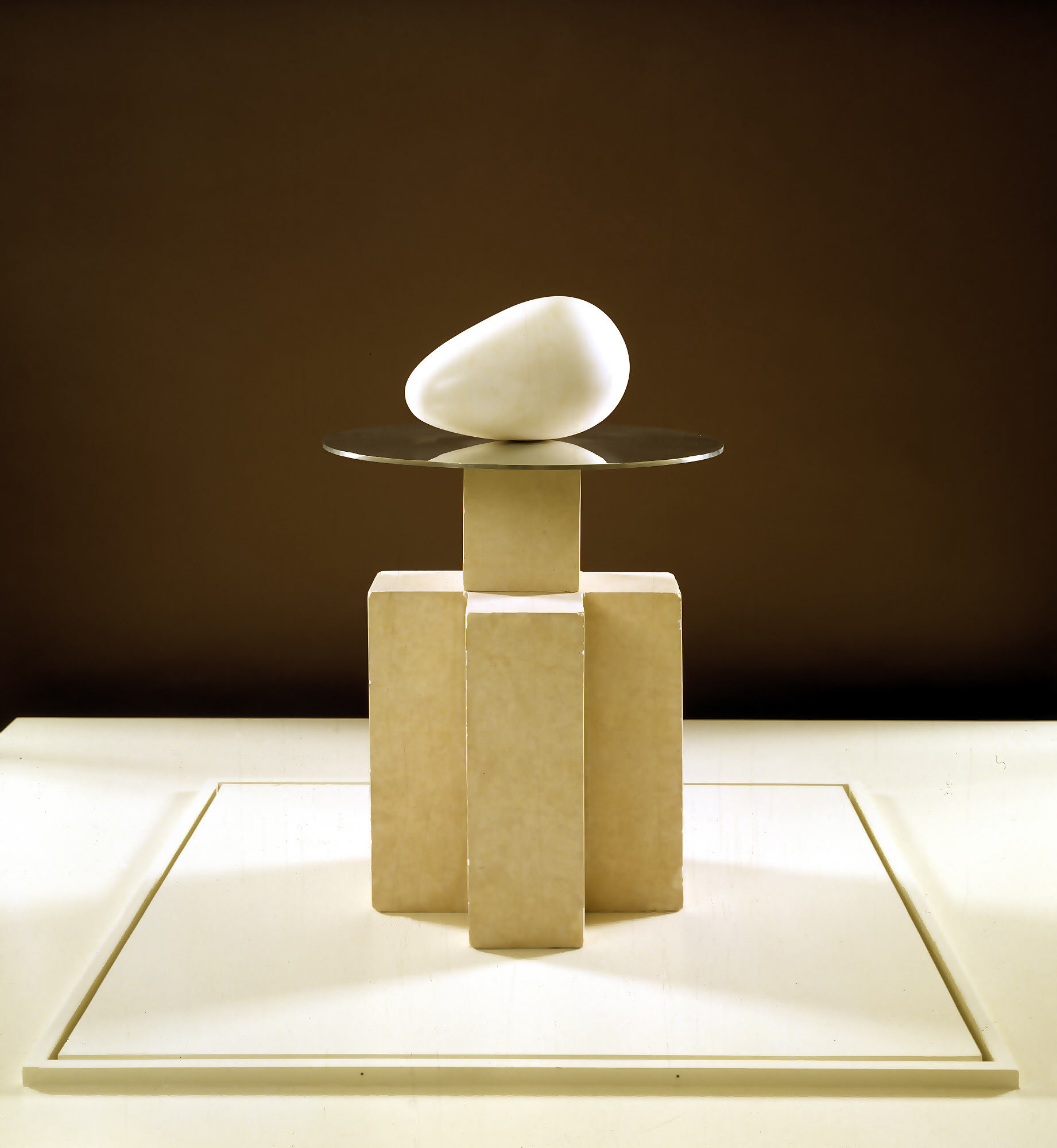COMMUNICATIVE PURPOSE : to theorize/speculate about:
-causes + /- effects
-particular meanings
-artist's choices
-possible developments, etc
theorizing = performing an inferential type of mental activity (moving from particular items to general ideas), whose result is a thesis which must be supported by a number of points of proof
DISCOURSE STRATEGIES (that can be used when developing points of proof):
- explaining viewer's reactions
- formal analysis
- comparing works/artists/features
- historical/anecdotal narratives
- exemplification
- quoting/paraphrasing
- paradox, etc
STANDARD MOVE-STRUCTURE:
MOVE I: introducing the subject, thesis, list of points of proof
Step 1: introducing the subject (title of work, artist, context of creation)
Step 2: stating the thesis: one complete, unified statement, limited to one aspect only, general enough to ask for support, defensible, not too obvious
Step 3: stating the points of proof (2-3) intended to be used in order to support the thesis
MOVE II: developing the points of proof
Step 1: developing the first point of proof
Step 2: developing the 2nd point of proof
Step 3: developing the 3rd point of proof
MOVE III: concluding by evaluating the measure in which the points of proof have demonstrated the thesis
MOVE IV: Works cited (whenever one uses bibliography)
Task 1. Comment on the way the theses and the points of proof were formulated and developed in the two texts we have read in class (1. The African Influences in Brancusi's Work by Paul Stoie and 2. Idea for Sale by Oana Boca). Which of them appears to you more convincing and why?
Task 2. Try to formulate a thesis and a list of points of proof on a subject of your choice.
Deadline December 15, 2019
BRANCUSI
.jpg)
The First Cry
The First Step



EmoticonEmoticon